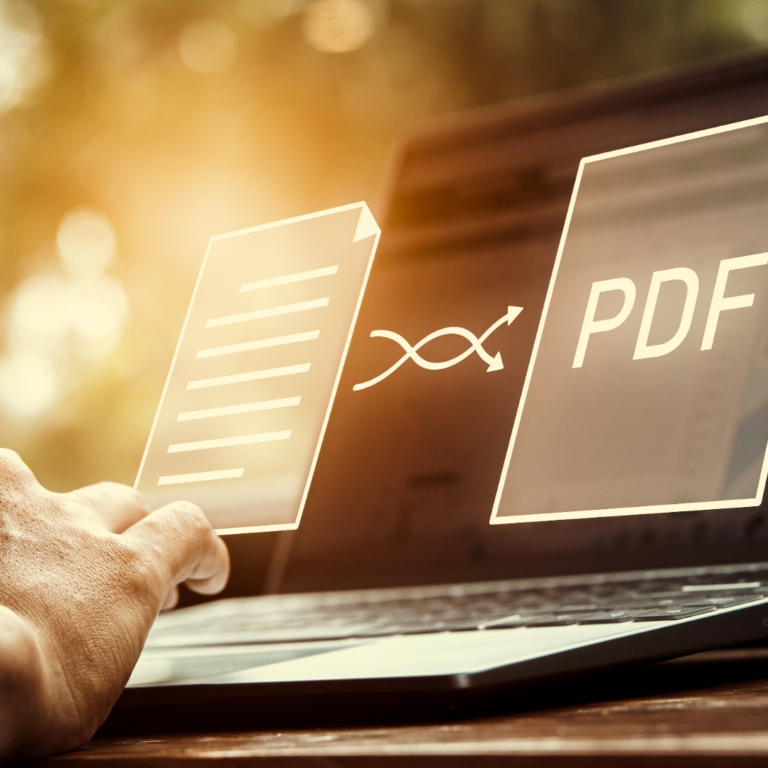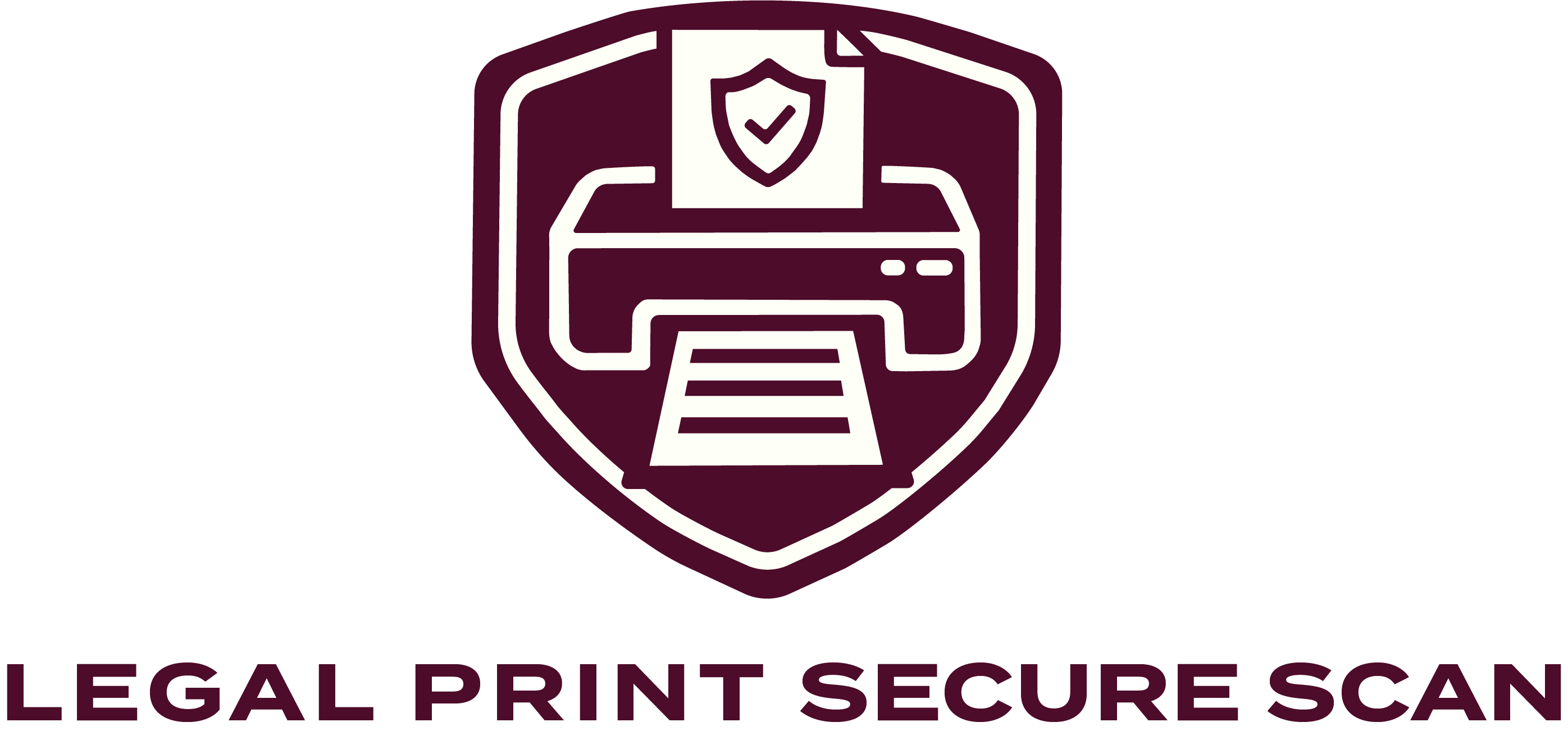
The legal sector is among the most document-intensive industries worldwide. Law firms manage a substantial volume of paperwork on a daily basis, encompassing client contracts, case files, court filings, and various forms of correspondence. Historically, legal professionals have depended on physical documentation, which can be resource-intensive to manage, expensive to store, and susceptible to loss or misfiling. The escalating demands for operational efficiency, regulatory compliance, and remote access have prompted many law firms to consider the shift from paper-based documentation to digital document management systems.
The shift to a digital environment presents numerous advantages, including streamlined operations, enhanced data security, expedited document retrieval, reduced overhead costs, and improved collaboration. However, this transition requires careful management to ensure legal compliance, safeguard data integrity, and sustain productivity. This comprehensive guide outlines a step-by-step roadmap for law firms pursuing digitization, emphasizing four critical areas: planning, scanning, indexing, and staff training.
Step 1: Planning the Transition
Effective planning is essential for a successful transition from paper to digital formats. Without a well-defined roadmap, law firms may face project delays, budget overruns, or compliance challenges. The planning phase should involve a comprehensive needs assessment, the creation of a timeline, and the selection of an appropriate digital document management system (DMS).
1.1 Conducting a Needs Assessment
Commence by conducting a thorough evaluation of your organization’s existing document workflows. Ascertain the volume of documents being processed and identify any challenges associated with document retrieval and sharing. Additionally, assess the compliance requirements that must be adhered to. Consider various factors, including:
- The types of documents most frequently accessed
- Current file storage methods
- Security and confidentiality needs
- Regulatory obligations (e.g., HIPAA, GDPR, or ABA Model Rules)
This assessment will help identify the scope and scale of the digitization effort.
1.2 Setting Goals and Objectives
It is essential to establish specific and measurable goals for the project. These goals may encompass reducing paper usage by a defined percentage, expediting document retrieval processes, or facilitating secure remote access. Clear objectives not only enable the assessment of success but also ensure that the project remains aligned with overarching business objectives.
1.3 Choosing the Right Technology
Selecting a suitable DMS is crucial. Look for features such as:
- Optical character recognition (OCR) for searchable PDFs
- Role-based access control
- Audit trails for legal compliance
- Integration with legal practice management software
- Cloud-based storage for remote access
Companies such as Legal Print Secure Scan provide customized solutions with secure scanning and compliant digital storage specifically designed for the legal industry.
Step 2: Scanning and Digitizing Documents
Upon the completion of the planning stage, the subsequent phase is to transition physical documents into a digital format. This process must emphasize accuracy, organization, and security to ensure the integrity and accessibility of the information.
2.1 Preparing Documents for Scanning
Prior to initiating the scanning process, law firms are advised to systematically organize their files. It is essential to eliminate duplicate documents, as well as any irrelevant or outdated materials. The remaining documents should be arranged in a logical manner, ideally by categorizing them according to client, case, or document type. This method not only enhances the efficiency of the scanning process but also facilitates coherent digital storage.
2.2 Choosing the Right Scanning Equipment and Services
Investing in high-quality scanners that are capable of batch processing and duplex scanning is essential. For extensive scanning projects or the handling of sensitive legal documents, it may be prudent to outsource to a specialized provider, such as Legal Print Secure Scan. This approach can enhance efficiency and ensure precision. Our secure scanning services are specifically designed to manage confidential legal data, employing compliance-grade encryption and stringent chain-of-custody protocols.
2.3 Scanning Process and OCR
During the scanning process, OCR technology should be utilized to create searchable files. This enables users to find documents based on keywords instead of navigating through complex folder hierarchies. OCR enhances usability and decreases the time spent on manual searches.
2.4 Quality Control and Verification
Implementing a comprehensive quality control process is essential to ensure that scanned documents are complete, legible, and accurately categorized. The execution of random audits will facilitate the early identification of potential issues. It is imperative that staff members verify that all pages are captured in the correct sequence and that the documents are free from scanning errors, such as shadows or blurred text.
Step 3: Indexing and Organizing Digital Files
The process of digitizing documents is merely the initial step. In the absence of a logical and consistent indexing system, even a fully digital repository may become as disorganized and inefficient as a conventional paper filing system.
3.1 Developing a Standardized Naming Convention
Create a firm-wide naming protocol that is intuitive, descriptive, and consistent. A standardized format might include:
[Client Name][Case Number][Document Type]_[Date]
This structure allows for easy sorting and searching, minimizing ambiguity.
3.2 Metadata Tagging
Digitizing documents is just the beginning. Without a logical and consistent indexing system, even a fully digital repository can become as cluttered and inefficient as a traditional paper filing room.
3.3 Folder Structures vs. Tag-Based Systems
Certain organizations prefer to utilize a traditional folder hierarchy for document management, while others adopt a flat structure enhanced by metadata. The latter approach, which is commonly employed by numerous cloud-based systems, facilitates more adaptable document retrieval, effectively circumventing the constraints imposed by rigid folder paths.
3.4 Implementing Version Control
Legal documents undergo multiple revisions throughout their lifecycle. An effective Document Management System (DMS) should meticulously track all document versions, enabling users to access or revert to prior iterations as needed. This functionality is crucial for maintaining comprehensive audit trails and ensuring regulatory compliance, as well as for resolving any internal disputes or misunderstandings that may arise.
3.5 Security and Access Controls
To ensure the protection of sensitive client information, it is imperative to implement measures such as encryption, secure user authentication, and role-based access permissions. Access to documents must be meticulously logged, and only personnel with appropriate authorization should be permitted to view or modify sensitive files.
Step 4: Staff Training and Change Management
The effectiveness of technology is contingent upon its users. A successful digital transition is dependent on the legal staff’s capacity to adapt to new systems and processes. Therefore, training is not merely advisable; it is imperative.
4.1 Creating a Training Program
Design training sessions that are tailored to the distinct roles within the firm. For example, administrative staff should receive comprehensive training focused on the processes of scanning and indexing, whereas attorneys should concentrate on document retrieval and secure sharing practices. It is essential that the training sessions be interactive, incorporating real-world scenarios and providing opportunities for hands-on practice.
4.2 Addressing Resistance to Change
The transition to digital workflows may encounter skepticism among stakeholders. To effectively address this concern, it is essential to communicate the benefits clearly, including time savings, enhanced client service, and a reduction in errors. Engaging key staff members at the outset of the process and soliciting their feedback during the implementation phases will further facilitate a smooth transition.
4.3 Offering Ongoing Support
Provide resources, including quick-reference guides, internal FAQs, and dedicated IT support. Additionally, schedule regular refresher sessions to ensure adherence to best practices and to facilitate understanding of new features.
4.4 Monitoring Usage and Compliance
Following the implementation phase, it is essential to conduct a thorough assessment of how the system is being utilized. Identify any bottlenecks or recurring issues that may arise. Analyze this data to refine training protocols, enhance workflows, and address any gaps in user adoption.
5.0 Legal Compliance and Retention Policies
Law firms operate within a framework of stringent regulatory and ethical guidelines. In the context of digitization, it is imperative to ensure that digital files comply with relevant standards for data retention, confidentiality, and accessibility.
5.1 Understanding Retention Requirements
Legal requirements regarding record retention vary by jurisdiction; however, most regulations mandate that legal documents be preserved for a minimum of five to seven years. It is essential to note that digitally archived files must comply with the same retention standards as their physical counterparts. Therefore, it is advisable to ensure that your Document Management System (DMS) incorporates features for automated retention scheduling and archiving.
5.2 Ensuring Chain of Custody and Auditability
Digital files must adhere to a secure and traceable chain of custody. Audit logs should meticulously document the individuals who accessed, modified, or shared a file, along with the corresponding timestamps. This practice is imperative not only for maintaining internal accountability but also for addressing potential discovery requests.
5.3 Disaster Recovery and Backups
Digital systems are inherently vulnerable to cyberattacks, hardware failures, and unintentional deletions. It is essential to establish a comprehensive backup system that includes off-site or cloud-based redundancy. Legal Print Secure Scan offers advanced solutions that incorporate automatic backups and end-to-end encryption, thereby minimizing both downtime and the risk of data loss.
The transition from paper-based to digital document management is no longer merely an option for contemporary law firms; it has become a strategic necessity. When executed effectively, this transition enhances operational efficiency, improves compliance, reduces expenditures, and cultivates a more agile legal practice. It is essential, however, that this process is approached with careful consideration, including thorough planning, systematic scanning, indexing, and comprehensive staff training.
Engaging with a reputable provider such as Legal Print Secure Scan enables your firm to navigate this transition with both security and efficiency. Our industry-specific solutions and secure scanning services are meticulously crafted to address the distinct requirements of legal professionals, thereby ensuring peace of mind as you modernize your practice.
The digital era offers substantial opportunities for legal practices that are prepared to adapt to change. With the proper tools, training, and collaborative partners, your firm can transform document management from a mundane task into a valuable strategic advantage.
References:
American Bar Association. (2020). ABA Model Rules of Professional Conduct. https://www.americanbar.org/groups/professional_responsibility/publications/model_rules_of_professional_conduct/
International Organization for Standardization. (2011). ISO 15489-1:2016: Information and documentation—Records management—Part 1: Concepts and principles. https://www.iso.org
Legal Print Secure Scan. (2024). Secure Document Management for Legal Firms. https://www.legalprintsecurescan.com
National Institute of Standards and Technology. (2020). Framework for Improving Critical
Infrastructure Cybersecurity, Version 1.1. https://www.nist.gov/cyberframework
Society for Human Resource Management. (2023). Digital Transformation in Legal Workplaces. https://www.shrm.org
